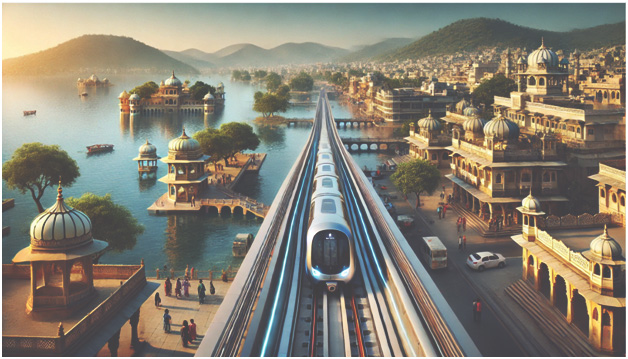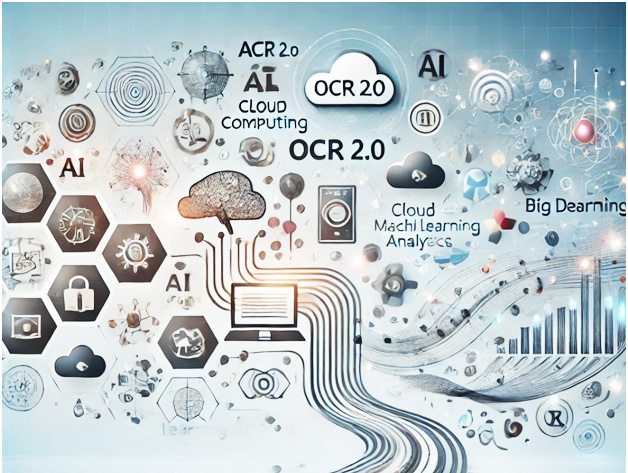
by Anup Upadhyay | Nov 5, 2024 | OCR
The adoption of OCR 2.0 by industries is expected to accelerate rapidly due to its enhanced capabilities, accuracy, and seamless integration with automation technologies like Robotic Process Automation (RPA) and Intelligent Document Processing (IDP). OCR 2.0...

by Anup Upadhyay | Nov 5, 2024 | OCR
OCR 2.0 builds on traditional OCR technology, but with advanced enhancements that significantly improve its accuracy, flexibility, and efficiency. Its workings involve several sophisticated steps that integrate artificial intelligence (AI), machine learning (ML), deep...

by Anup Upadhyay | Nov 5, 2024 | OCR
OCR 2.0 differentiates itself from traditional OCR systems and other key players in the document automation and data extraction industry through several advanced features and capabilities that enhance its overall efficiency, accuracy, and ability to handle a wide...

by Anup Upadhyay | Nov 5, 2024 | OCR
1. What is OCR 2.0? OCR (Optical Character Recognition) is the process of converting scanned images of handwritten, typewritten, or printed text into machine-encoded text. OCR 2.0 represents a significant advancement over traditional OCR technologies by integrating...

by Anup Upadhyay | Nov 5, 2024 | OCR
OCR (Optical Character Recognition) technology has evolved significantly over time, and OCR 2.0 refers to the latest advancements that have improved accuracy, flexibility, and the ability to handle more complex documents compared to traditional OCR systems. Key...






